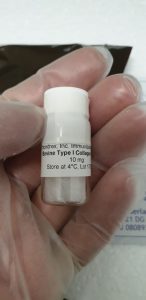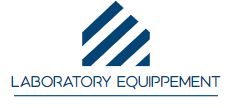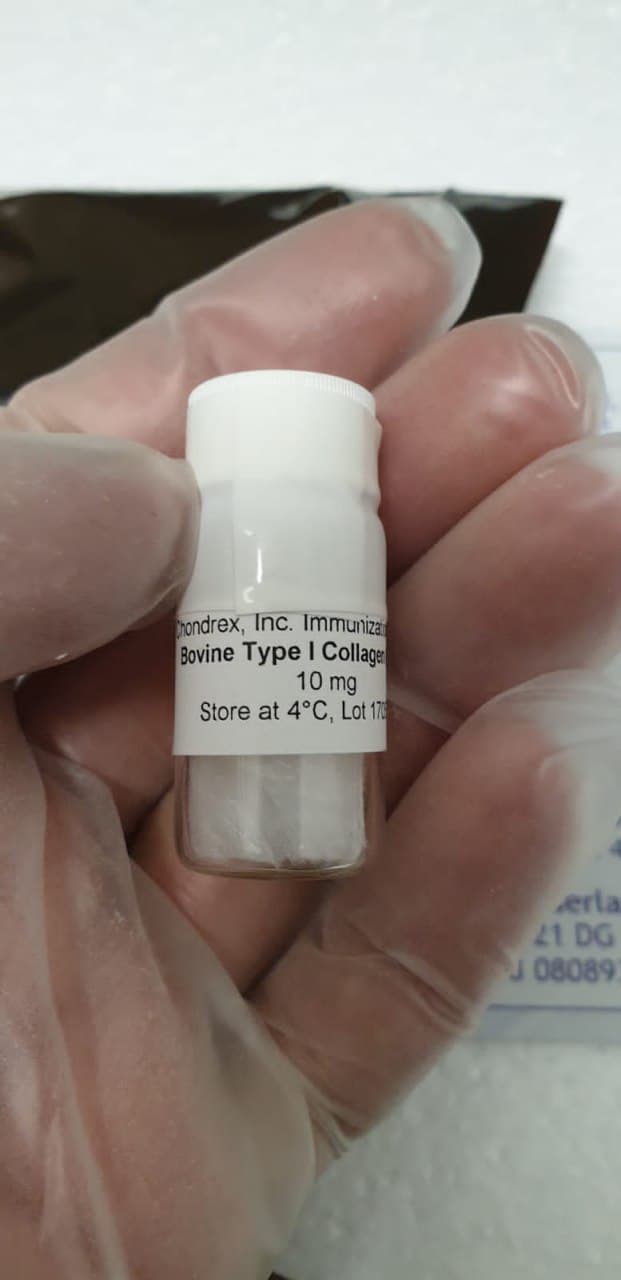6-Month-Old Infants’ Sensitivity to Contingency in a Variant of the Mobile Paradigm With Proximal Stimulation Studied at Fine Temporal Resolution in the Laboratory
Infants’ potential to monitor “sensorimotor contingencies,” i.e., the sensory results of their very own actions, is a crucial mechanism underlying studying. One methodology that has been used to examine that is the “cellular paradigm,” in which a cellular above an toddler’s crib is activated by movement of one of the toddler’s limbs. Although efficiently used in quite a few experiments carried out in infants’ properties to examine reminiscence and different varieties of studying, the paradigm appears much less strong for demonstrating sensitivity to sensorimotor contingencies when used in the laboratory. This assessment summarizes varied molecular diagnostics strategies, technical pointers, and superior testing methods adopted in India for laboratory analysis of COVID-19.
One function of the current work was to present that sure adjustments to the cellular paradigm would make it simpler for infants to present their sensitivity to the contingency in the lab. In specific, we used proximal stimulation on infants’ wrists as an alternative of the regular cellular, and our stimulation was coincident with the limbs that brought about it. Our stimulation was both on or off, i.e., not modulated by the quantity the toddler moved. Finally, we used a “shaping” process to assist the toddler uncover the contingency.
In addition to these adjustments in the paradigm, by analyzing infants’ limb exercise at 10-s decision as an alternative of the regular 1-min decision, we have been ready to present that infants’ sensitivity to the contingency grew to become obvious already inside the first minute of institution of the contingency. Finally, we confirmed how two alternate measures of sensitivity to contingency based mostly on chance of repeated actions and on “cease and go” movement methods could also be of curiosity for future work. Creation of genome repositories and open-source genetic databases to be used by world researchers is clearly the approach ahead to handle COVID-19 outbreak and speed up vaccine improvement.
An Update on Advances in COVID-19 Laboratory Diagnosis and Testing Guidelines in India
The declaration of COVID-19 as a world pandemic has warranted the pressing want for applied sciences and instruments to be deployed for confirming analysis of suspected circumstances. Diagnostic testing for COVID-19 is vital for understanding epidemiology, contract-tracing, case administration, and to repress the transmission of the SARS-CoV-2. Currently, the Nucleic Acid Amplification Test (NAAT)-based RT-PCR method is a gold customary take a look at used for routine analysis of COVID-19 an infection. While there are numerous commercially accessible RT-PCR assay kits accessible in the market, choice of extremely delicate, particular, and validated assays is most important for the correct analysis of COVID-19 an infection.
Laboratory analysis of SARS-CoV-2 is extraordinarily essential in the illness and outbreak administration. Development of fast level of care checks with higher sensitivity and specificity is the vital want of the hour as this can assist correct analysis and support in containing the unfold of SARS-CoV-2 an infection. Early detection of viral an infection vastly enhances implementation of particular public well being intervention, comparable to an infection management, environmental decontamination, and the closure of particular high-risk zones. Large-scale sequencing of SARS-CoV-2 genome remoted from affected populations throughout the world wants to be carried to monitor mutations which may have an effect on efficiency of molecular checks.

In situ Grazing Incidence Small Angle X-ray Scattering on Roll-To-Roll Coating of Organic Solar Cells with Laboratory X-ray Instrumentation
We current an in-house, in situ Grazing Incidence Small Angle X-ray Scattering (GISAXS) experiment, developed to probe the drying kinetics of roll-to-roll slot-die coating of the lively layer in natural photovoltaics (OPVs), throughout deposition. For this demonstration, the focus is on the mixture of P3HT:O-IDTBR and P3HT:EH-IDTBR, which have totally different drying kinetics and gadget efficiency, regardless of their chemical construction solely various barely by the sidechain of the small molecule acceptor.
This article offers a step-by-step information to carry out an in situ GISAXS experiment and demonstrates how to analyze and interpret the outcomes. Usually, performing this sort of in situ X-ray experiments to examine the drying kinetics of the lively layer in OPVs depends on entry to synchrotrons. However, by utilizing and additional creating the methodology described in this paper, it’s attainable to carry out experiments with a coarse temporal and spatial decision, on a day-to-day foundation to acquire elementary perception in the morphology of drying inks.
[Linking template=”default” type=”products” search=”Adrenaline/Epinephrine ELISA kit” header=”3″ limit=”158″ start=”2″ showCatalogNumber=”true” showSize=”true” showSupplier=”true” showPrice=”true” showDescription=”true” showAdditionalInformation=”true” showImage=”true” showSchemaMarkup=”true” imageWidth=”” imageHeight=””]
The dynamic motor management index throughout strolling (walk-DMC) is a scaled measure of motor management derived from electromyographic evaluation of the decrease extremity throughout gait. Walk-DMC has been proven to be associated to affected person outcomes and there was an growing curiosity from movement evaluation facilities relating to utilizing this metric in their very own apply. However, the strategies for computing the index reported in the literature are usually not constant. Here we suggest a standardized methodology and examine if this leads to outcomes which can be constant between laboratories.

